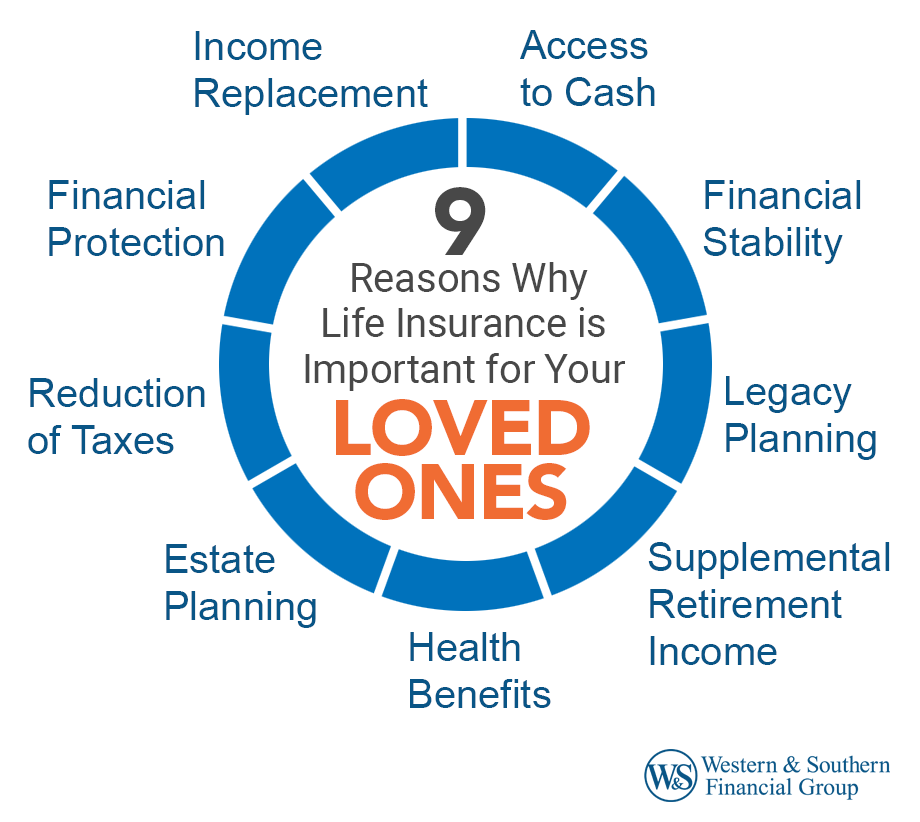Getting The Pacific Prime To Work
Getting The Pacific Prime To Work
Blog Article
The Only Guide for Pacific Prime
Table of ContentsThe 15-Second Trick For Pacific PrimePacific Prime Can Be Fun For AnyoneSome Of Pacific PrimeSome Known Incorrect Statements About Pacific Prime How Pacific Prime can Save You Time, Stress, and Money.

This is due to the fact that the data were accumulated for a period of strong economic efficiency. Of the estimated 42 million people that were without insurance, all however concerning 420,000 (about 1 percent) were under 65 years old, the age at which most Americans become qualified for Medicare; 32 million were adults between ages 18 and 65, around 19 percent of all grownups in this age; and 10 million were kids under 18 years of age, about 13.9 percent of all kids (Mills, 2000).
These estimates of the number of individuals without insurance are created from the annual March Supplement to the Existing Populace Survey (CPS), conducted by the Census Bureau. Unless or else kept in mind, nationwide estimates of individuals without health and wellness insurance and proportions of the population with different type of coverage are based on the CPS, the most extensively used resource of price quotes of insurance policy protection and uninsurance prices.
Pacific Prime Can Be Fun For Everyone

Still, the CPS is particularly helpful because it produces yearly price quotes reasonably promptly, reporting the previous year's insurance policy coverage estimates each September, and because it is the basis for a regular collection of quotes for more than 20 years, permitting for evaluation of patterns in coverage over time. For these factors, along with the considerable use the CPS in other studies of insurance policy coverage that are offered in this record, we count on CPS price quotes, with restrictions noted.

The estimate of the variety of uninsured individuals expands when a population's insurance coverage status is tracked for a number of years. Over a three-year period beginning early in 1993, 72 million individuals, 29 percent of the united state population, lacked insurance coverage for at the very least one month. Within a single year (1994 ), 53 million individuals experienced a minimum of a month without coverage (Bennefield, 1998a)
6 out of every 10 without insurance adults are themselves used. Although functioning does boost the chance that and one's member of the family will certainly have insurance, it is not a warranty. Also members of family members with two permanent wage earners have almost a one-in-ten possibility of being uninsured (9.1 percent without insurance rate) (Hoffman and Pohl, 2000).
Get This Report on Pacific Prime
New immigrants make up a considerable proportion of individuals without medical insurance. One evaluation has actually connected a significant part of the current development in the dimension of the united state without insurance population to immigrants who showed up in the country between 1994 and 1998 (Camarota and Edwards, 2000). Current immigrants (those that involved the USA within the past four years) do have a high price of being without insurance (46 percent), yet they and their youngsters make up just 6 percent of those without insurance coverage country wide (Holahan et al., 2001).
The partnership in between medical insurance and access to care is well established, as documented later in this phase. The partnership between health insurance and wellness results is neither straight nor simple, a substantial scientific and health solutions study literary works links wellness insurance policy coverage to improved accessibility to care, much better quality, and boosted personal and populace wellness status.
Levels of evaluation for taking a look at the impacts of uninsurance. This discussion of health and wellness insurance protection focuses primarily on the united state population under age 65 due to the fact that essentially all Americans 65 and older have Medicare or other public insurance coverage. It focuses specifically on those without any kind of health and wellness insurance for any type of size of time.
Pacific Prime - An Overview
The issues dealt with by the underinsured are in some areas similar to those faced by the without insurance, although they are normally less severe. Wellness insurance policy, however, is neither essential neither sufficient to obtain accessibility to medical solutions. The independent and direct result of health and wellness insurance protection on access to health solutions is well established.
Others will certainly acquire the healthcare they require even without medical insurance, by paying for it expense or seeking it from suppliers who supply care cost-free or at extremely subsidized prices. For still others, medical insurance alone does not make sure receipt of treatment due to the fact that of other nonfinancial obstacles, such as a lack of healthcare carriers in their neighborhood, minimal access to transportation, illiteracy, or etymological and cultural distinctions.
Some Known Factual Statements About Pacific Prime
Formal research study concerning uninsured populaces in the United States dates to the late 1920s and early 1930s when the Board on the Price of Medical Care pop over to these guys produced a series of reports regarding financing doctor workplace brows through and hospitalizations. This concern became salient as the numbers of medically indigent climbed during the Great Depression.
Report this page